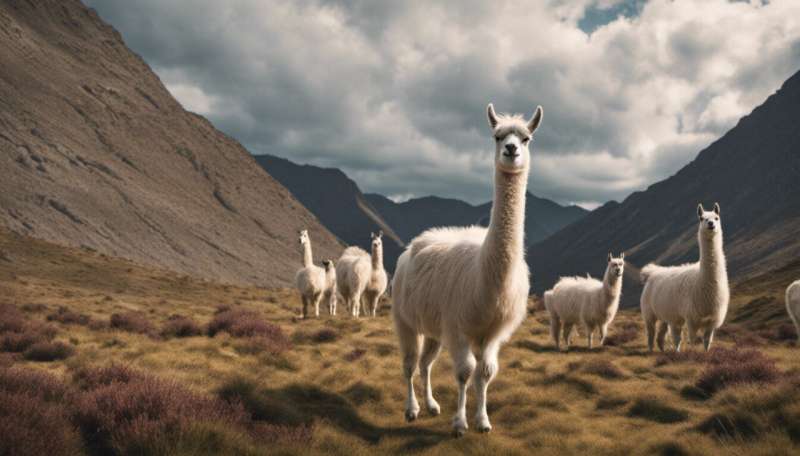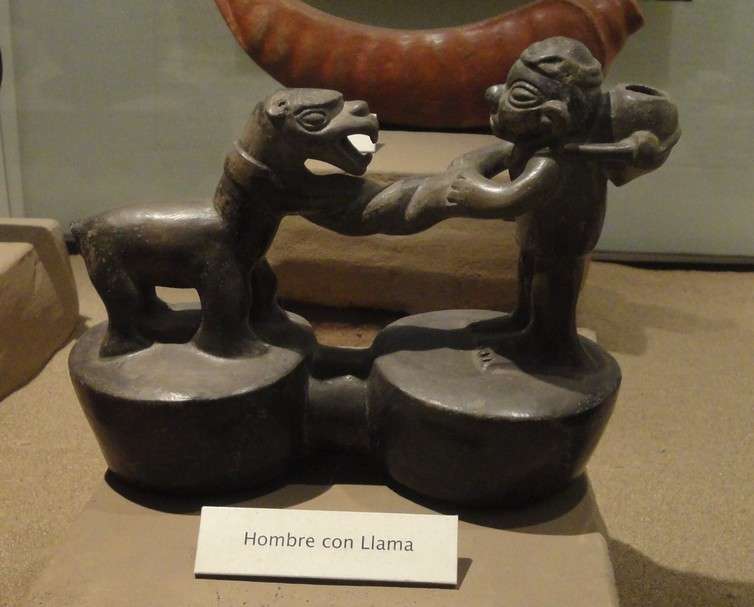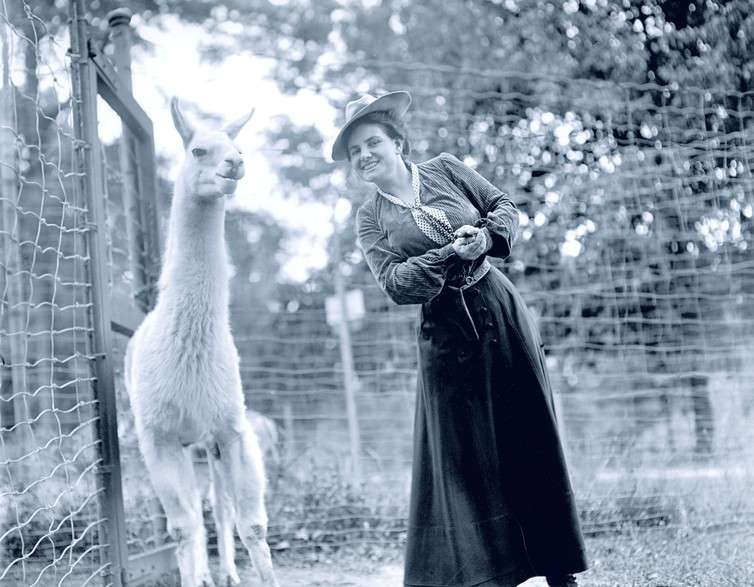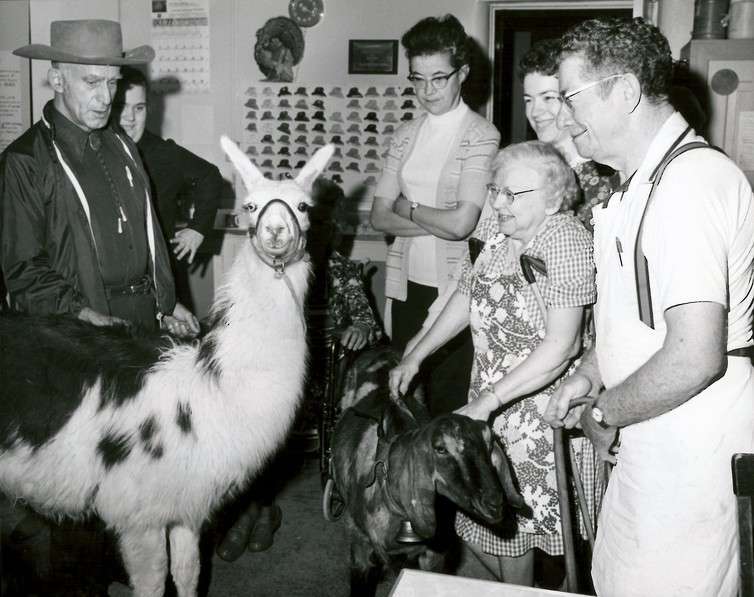How llamas conquered the world

Llamas recently have become a relatively common sight around the world. Whether you live in England or New South Wales, Canada or New Zealand, you don't have to go too far to find a llama now. Indeed between 2,000 and 4,000 llamas are registered in the UK, where the species has emerged as a popular (if seemingly unlikely) choice for many aspiring livestock owners and is winning new admirers by the day.
While the llama is currently on the up, its history has not always been so rosy. Reared intensively by the Incas, llamas suffered severely at the hands of the Spanish conquistadors and still lack the genetic diversity they enjoyed in Pre-Columbian times. But over the past few decades, llamas have flourished as a global commodity, fulfilling novel roles and gaining an international profile.
So how has the llama gone from near extinction to global sensation?
The ancestors of the llama originated in the Great Plains of North America around 40-50m years ago and migrated to South America three million years ago, when a land bridge formed between the two continents. Llamas themselves are believed to be descended from guanacos – their wild cousins – and were first domesticated around 4,500BC.
As the only livestock to be domesticated by humans anywhere in the New World, South American camelids fulfilled a role in the Andes equivalent to horses, cattle and sheep in Europe, furnishing ancient Peruvian civilisations with transportation, clothing and sustenance. They occupied a crucial place in the cultures of the Nazca (c. 200BC-600AD), Moche (c. 0-700AD), Wari (c. 600-1000AD) and Chimu (c. 1300-1470AD).

Llamas are most closely associated with the Incas, who used them as beasts of burden and sacrificed thousands of the animals every year to their gods. In the month of Capac Raymi (January), for instance, they sacrificed 100 camelids with "long wool and stiff straight tails"; in the following month, Camay (February), they sacrificed 100 "light brown" camelids, "white from the knees down, with white heads".
While such large numbers of sacrifices might have been expected to seriously reduce llama numbers, careful management ensured that the flocks survived and prospered. The Incas refrained from killing female llamas, to ensure that stocks remained for breeding. They also developed a novel method of treating a disease called "carache" (probably scabies), burying afflicted beasts "at once, deep in the ground" to prevent them infecting the entire flock. They also conducted a census of camelids every November to calculate their number, recording the results in quipus – knotted threads employed as a form of account keeping.
Unfortunately, such careful practices were not maintained after the Spanish conquest, and the llama faced annihilation. While some wild species (such as jaguars) likely benefited from the arrival of the Spanish – and the consequent reduction of the human population of the Americas – llamas suffered the same fate as their human owners. Over-exploited for their meat, attacked by newly imported diseases and out-competed for grazing by sheep, llamas perished in huge numbers, experiencing a demographic decline of 80-90% in the first 100 years after the conquest. Llamas were initially very much victims of globalisation, their numbers plummeting dramatically during the "Columbian Exchange" of the 16th century.

But since then, llama populations have gradually rebounded and extended their range beyond South America. Between 1773 and 1778, the veterinary school at Alfort in France possessed a llama, which was examined by the famous naturalist George Louis Leclerc, Comte de Buffon. In 1805, the first llama to be exhibited in Britain was put on display at Brookes's Menagerie in London, and by 1829 London Zoo owned two llamas. One of these – of the white variety – was described as "gently, mild and familiar"; the other – a brown animal – as "morose" with a penchant for spitting at visitors.
Today, llamas are big business and their uses have expanded to include livestock guarding, therapy and agility training.
In Peru and Bolivia, the animals continue to be used as beasts of burden in rural areas and retain some of their sacred connotations. They also appear increasingly as tourist attractions, gambolling around the Inca ruins at Machu Picchu and posing for photographs in Cuzco and other tourist hot spots. In 2014, the Bolivian government lobbied the United Nations to make 2016 the International Year of Camelids, emphasising the "economic and cultural importance of camelids in the lives of people living in areas where they are domesticated".

Beyond South America, llamas have been employed to protect sheep, comfort the sick and stock many a hobby farm. In the US, a llama named Rojo conducts regular visits to hospitals, schools and old people's homes in Oregon, while a golf course in North Carolina employs several llamas as caddies. Llamas have also been used in various parts of the globe to protect livestock from predators, shielding sheep, calves and poultry from attacks by foxes, wolves and coyotes.
The llama is one victim of globalisation to survive demographic catastrophe and come out the other side an international animal, loved, farmed and traded around the world.

Provided by The Conversation
This article was originally published on The Conversation. Read the original article.![]()


















